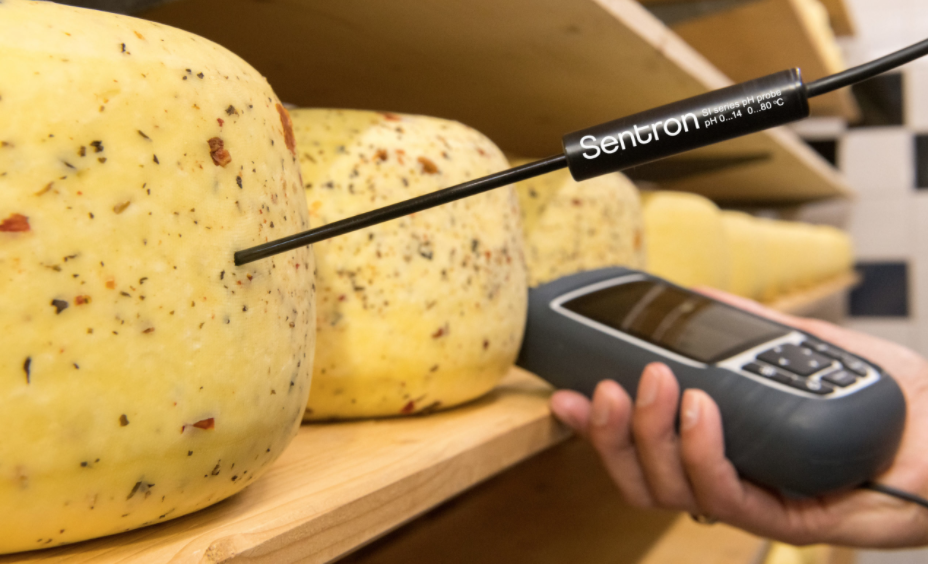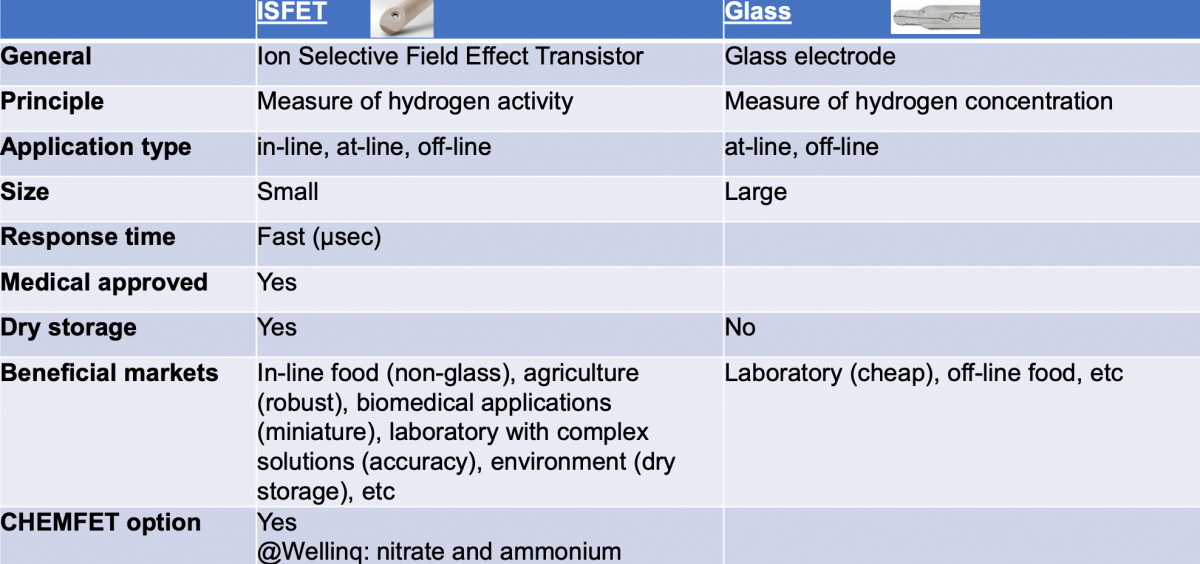Measuring cheese pH

From milk to cheese – measuring pH on the way
The pH of milk is a parameter for impurities and signs of infection. It is measured upon collection as well as at point of delivery. Higher pH values for fresh milk indicate udder infection (mastitis) and lower values are an indication for bacterial action. In processes such as sterilization, pH is checked since a lower value helps to speed up the process. Milk used for cheese manufacturing must be of excellent quality and its pH value determines whether the cheese will be soft or hard.
The pH is checked during cheese preparation, souring of milk and cream maturation. For example during the production process of cheese, the standard is to monitor the pH value before the cheese proceeds into the brine bath. It is an important measure for the quality of the end-product.

Various pH probes
Worldwide hundreds of types of cheese are produced. Their styles, textures and flavors differ, but also the hardness varies. Therefore, Sentron offers various types of pH probes, each with their own unique features and advantages:
- The MicroFET probe has a diameter of just 3 mm. It can be used for cheeses that are on the softer side. After measuring the pH in the cheese, the hole will disappear which prevents a hole in the end-product.
- The ConeFET probe has a diameter of 10 mm and is used for conventional cheeses that are still a bit soft in the phase before the cheese proceeds into the brine bath. Here, the hole normally disappears as well, so the cheese can still be sold.
- The LanceFET probe is steel tipped for penetration into hard cheeses.
Glass-free measurement
The Sentron pH probe sensors are based on the glass-free ISFET technology. The ISFET sensors are uniquely suited to measure pH in all sorts of milk (among others whole, low-fat, yoghurt drinks) and milk products like cream and cheese. Problems associated with conventional glass electrodes, like breakage into small glass splinters, are eliminated. Using the non-glass pH probes saves time and simultaneously increases the products’ quality control efficiency.

